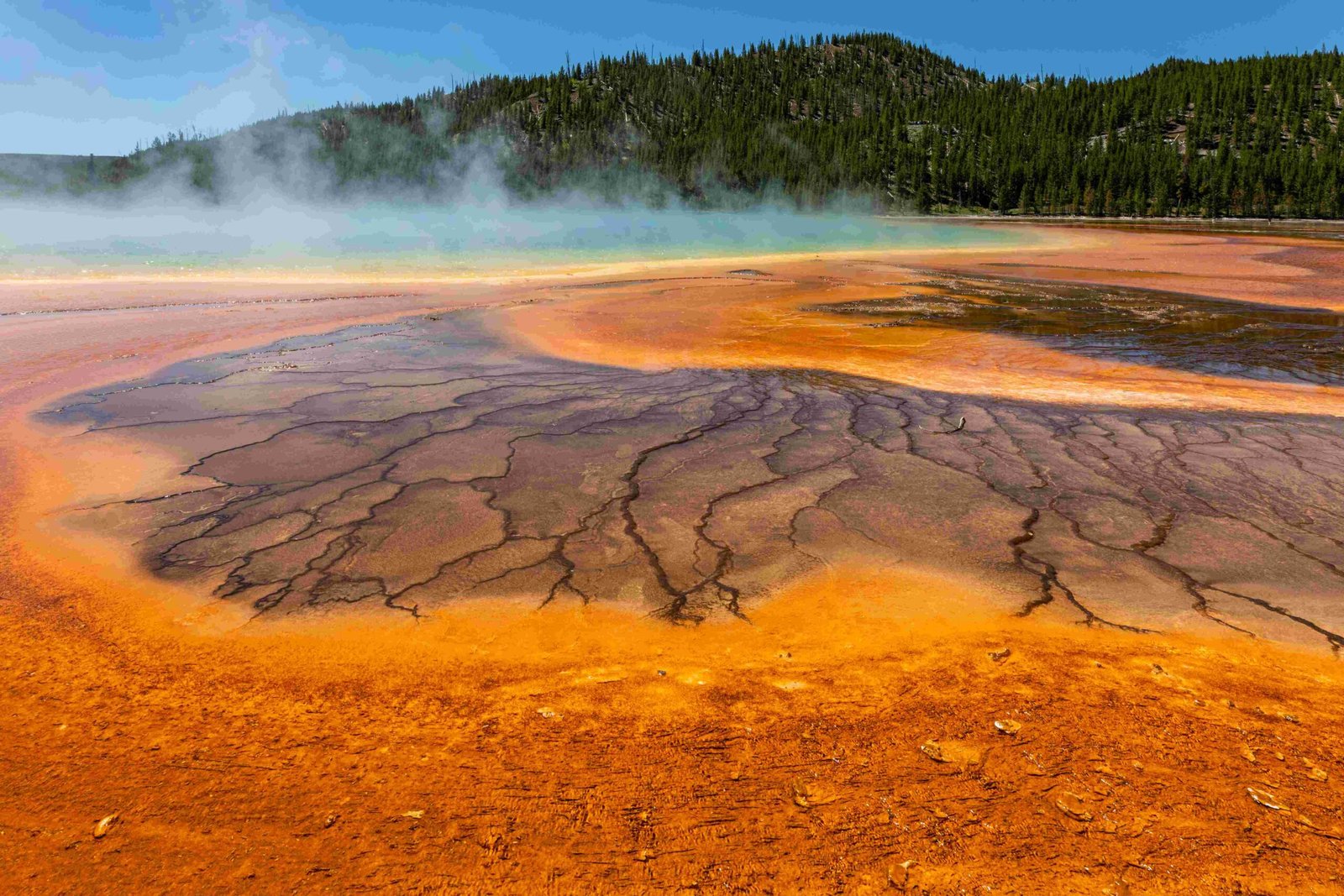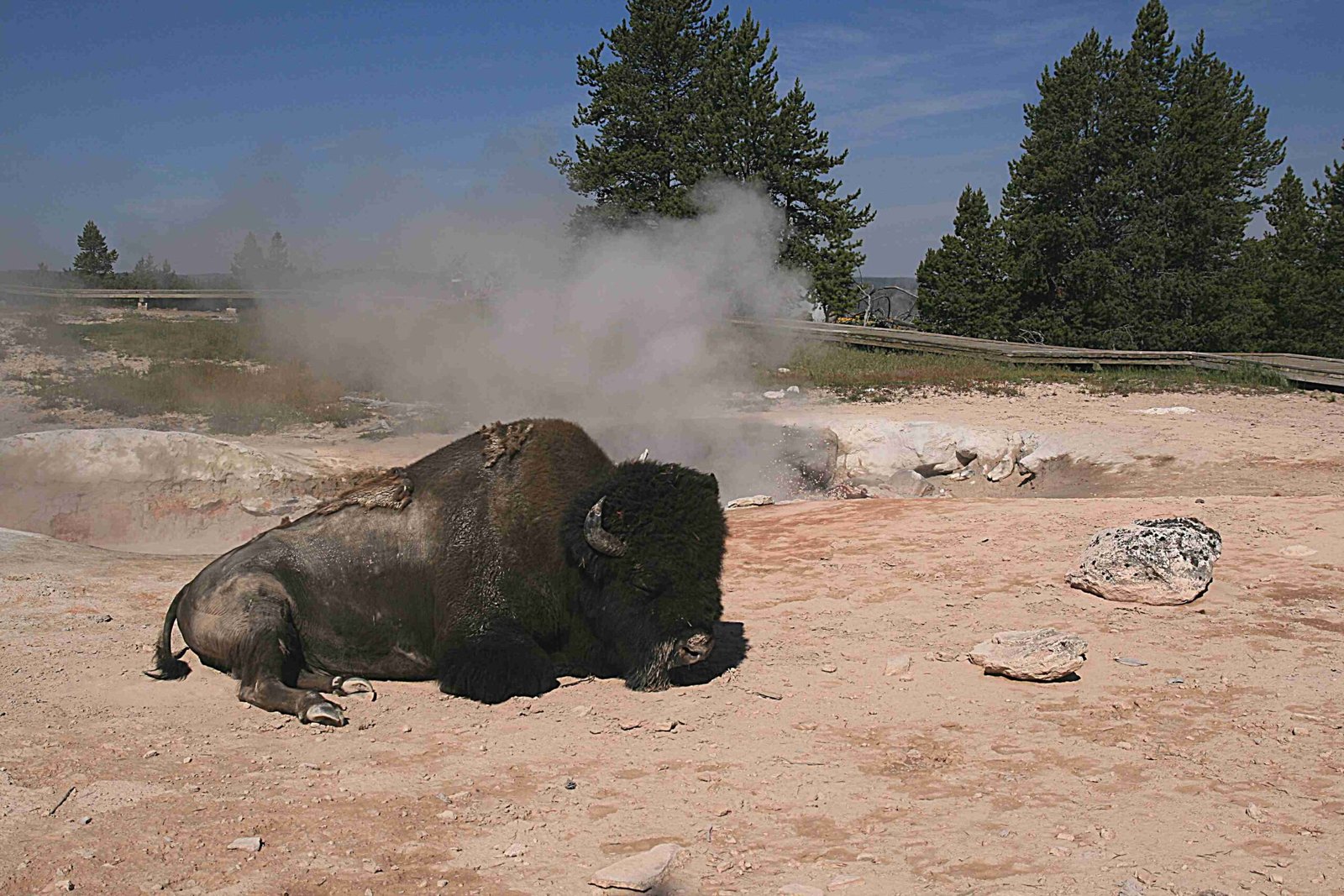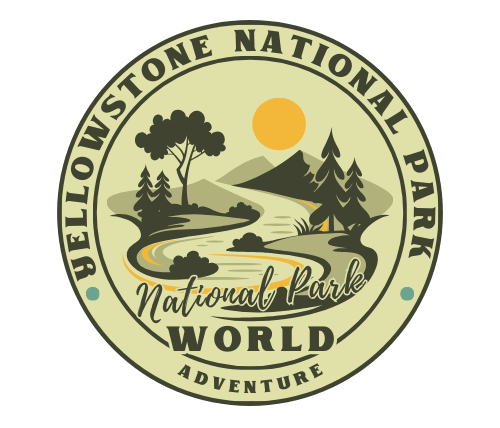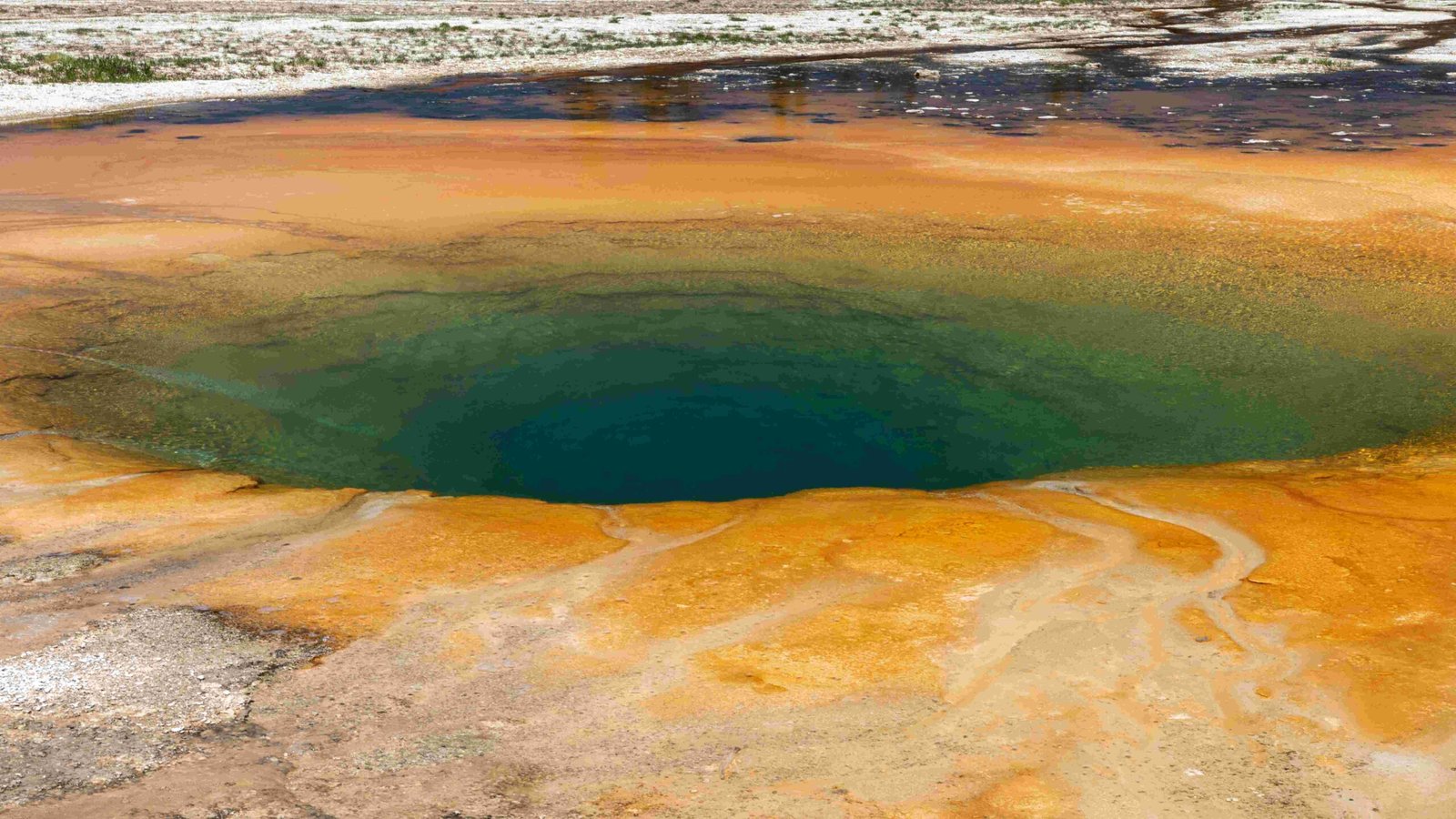Yellowstone National Park is characterized by a cool temperate and continental climate zone. This unique climate is influenced by the park’s high average elevation, relatively high latitude, and deep continental location. The park experiences distinct seasons with significant temperature variations, from mild summers to harsh winters, making it a diverse ecosystem that supports a wide range of flora and fauna.
What Are the Key Characteristics of Yellowstone’s Climate Zone?

Yellowstone National Park’s climate zone is defined by several key factors:
- Cool temperate conditions
- Continental climate influences
- High elevation effects
- Distinct seasonal variations
- Wide temperature ranges
These characteristics create a unique environment that shapes the park’s ecosystems and visitor experiences throughout the year.
How Do Seasonal Variations Affect Yellowstone’s Climate?

Summer Climate in Yellowstone
- Temperature Range: 70°F to 80°F (21°C to 27°C) during the day at lower elevations
- Nighttime Temperatures: Can drop to the 40s or 50s F (about 10°C)
- Weather Patterns: Frequent afternoon thunderstorms
Summer in Yellowstone offers mild days perfect for outdoor activities, but visitors should be prepared for cooler nights, especially at higher elevations.
Winter Climate in Yellowstone
- Temperature Range: Zero to 20°F (-18°C to -7°C) throughout the day
- Nighttime Temperatures: Often sub-zero, particularly at higher elevations
- Record Low: -66°F (-54°C)
- Snowfall: Average of 150 inches (381 cm) per year, with higher elevations receiving up to twice that amount
Winter transforms Yellowstone into a snow-covered wonderland, ideal for winter sports but requiring careful preparation due to extreme cold.
Spring and Fall Climate in Yellowstone
- Temperature Range: 30°F to 60°F (0°C to 16°C) during the day
- Nighttime Temperatures: Teens to single digits (-5°C to -20°C)
- Weather Patterns: Snow is common, with regular accumulations of 12 inches (30.5 cm) in a 24-hour period
These transitional seasons offer unique landscapes and fewer crowds but can be unpredictable, with both snow and warmer days possible.
What Factors Influence Precipitation in Yellowstone’s Climate Zone?
Precipitation in Yellowstone varies significantly based on elevation and location within the park:
| Elevation | Annual Precipitation |
|---|---|
| Lowest areas (e.g., Gardiner) | About 11 inches (277 mm) |
| Higher elevations (e.g., Pitchstone Plateau) | Over 70 inches (1,778 mm) |
The distribution of precipitation also varies:
– North-central portion: Wetter summers, drier winters
– Other areas: Reversed moisture patterns
This variation in precipitation contributes to the diverse ecosystems found throughout the park.
How Does Yellowstone’s Climate Zone Impact Visitor Activities?
Yellowstone’s climate zone significantly influences visitor activities and park accessibility:
- Summer Activities:
- Hiking
- Wildlife viewing
- Camping
-
Fishing
-
Winter Activities:
- Cross-country skiing
- Snowshoeing
-
Wildlife watching (especially for wolves and bison)
-
Spring and Fall Activities:
- Photography (unique landscapes and wildlife)
- Hiking (with fewer crowds)
- Wildlife viewing (during migration periods)
Visitors should always check current weather conditions and park alerts before planning their activities, as the climate can be unpredictable and change rapidly.
What Are the Implications of Yellowstone’s Climate Zone for Wildlife and Ecosystems?
Yellowstone’s climate zone plays a crucial role in shaping the park’s diverse ecosystems:
- Flora Adaptation: Plants have adapted to the short growing season and harsh winters.
- Wildlife Behavior: Animals like bison and elk migrate to lower elevations in winter.
- Thermal Features: The park’s famous geothermal features are influenced by the climate, with steam more visible in colder months.
- Fire Ecology: The climate contributes to natural fire cycles, which are essential for forest regeneration.
Understanding these climate-ecosystem interactions is crucial for park management and conservation efforts.
How Is Climate Change Affecting Yellowstone’s Climate Zone?
Climate change is having noticeable impacts on Yellowstone’s climate zone:
- Warmer average temperatures
- Earlier spring thaws
- Longer fire seasons
- Changes in precipitation patterns
- Shifts in plant and animal distributions
These changes pose challenges for park management and may alter the park’s ecosystems in the long term.
By understanding what climate zone Yellowstone National Park belongs to, visitors can better prepare for their trips and appreciate the complex interplay between climate, geography, and ecology that makes this park a unique and treasured natural wonder.
References:
1. https://www.britannica.com/place/Yellowstone-National-Park/Physical-features
2. https://journals.uwyo.edu/index.php/uwnpsrc/article/view/2591
3. https://www.nps.gov/yell/planyourvisit/weather.htm

